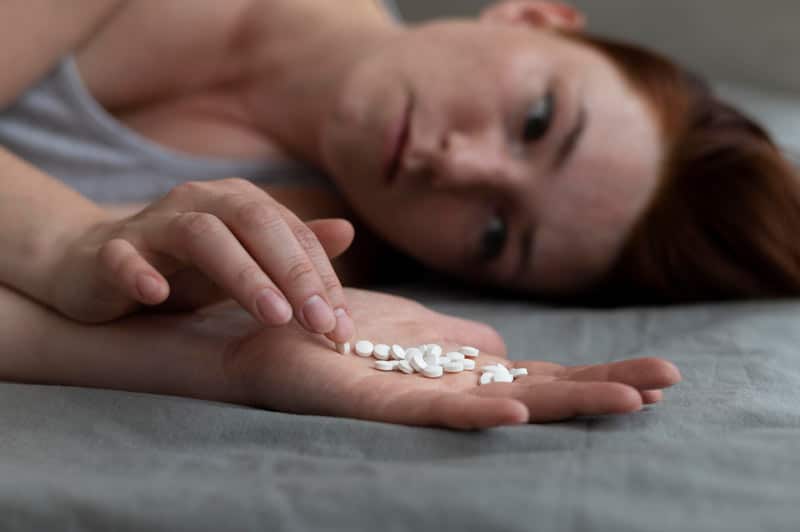Sarah’s alarm buzzes relentlessly. She reaches out, vision blurred, to silence it, feeling the familiar ache pulsing through her body. Just one dose, she thinks—enough to feel normal. But what if overcoming her addiction is just the beginning of her battle?
Brooklyn’s Medically Assisted Treatment: Get Help Today!

Understanding Opioid Use Disorder (OUD)
Opioid Use Disorder is a chronic condition that affects the brain, characterized by a compulsive urge to use opioids despite the damaging consequences. It’s not merely about dependence; it fundamentally alters the brain’s reward system, intensifying cravings and making control over opioid use exceedingly difficult.
Root Causes of Opioid Use Disorder
OUD can affect anyone who uses opioids, even those who start with prescribed medications for legitimate reasons. Key factors contributing to OUD include:
- Genetic Vulnerability: Some people are genetically predisposed to addiction.
- Environmental Factors: Stressful or traumatic events, as well as social environments conducive to drug use, can escalate the risk.
- Medical Exposure: Prescription painkillers often serve as a gateway, with initial medical use potentially leading to dependency.
Recognizing the Symptoms of OUD
Opioid Use Disorder manifests through various symptoms:
- Physical Symptoms: These include nausea, constipation, drowsiness, and in severe cases, respiratory depression.
- Psychological Symptoms: Symptoms such as anxiety, depression, mood swings, cravings, and difficulty concentrating are common.
- Behavioral Symptoms: These may involve seeking multiple doctors for prescriptions, neglecting responsibilities, or engaging in risky behaviors to obtain opioids.
Recognizing these signs early and seeking professional help is critical for recovery.
Wider Impact on Society
The repercussions of OUD stretch beyond individual sufferers to strain families, reduce employment opportunities, burden healthcare systems, and even elevate crime rates and social service demands within communities.
Current and Emerging Treatments for OUD
While there is no universal cure for OUD, various effective treatments exist:
- Medication-Assisted Treatment (MAT): Medications like methadone or buprenorphine alleviate cravings and withdrawal symptoms, supporting individuals in their recovery journey.
- Behavioral Therapies: Cognitive-behavioral therapy (CBT) provides individuals with strategies to handle cravings and avoid relapse.
- Support Networks: Therapy, both individual and group, support groups, and 12-step programs offer crucial emotional support and accountability.
Continuous research is vital, as it promises new and improved therapies for those affected.
Preventative Measures and Early Intervention
Preventing OUD involves several key strategies:
- Prescription Oversight: Implementing stricter guidelines for opioid prescriptions and promoting alternatives for pain management.
- Educational Initiatives: Increasing awareness about the risks of opioids and recognizing addiction signs.
- Community Efforts: Reducing stigma around addiction and enhancing access to treatment are crucial for prevention.
Proactive measures can empower individuals to make safer choices and diminish the incidence of OUD.
Conclusion
As Sarah picks up her phone to seek help, not just to silence her alarm, she faces a challenging but hopeful road ahead. With the right support and tools, recovery is within her reach. Understanding Opioid Use Disorder, fostering compassion, and employing effective treatment strategies are key to helping individuals overcome addiction and enabling communities to thrive.
